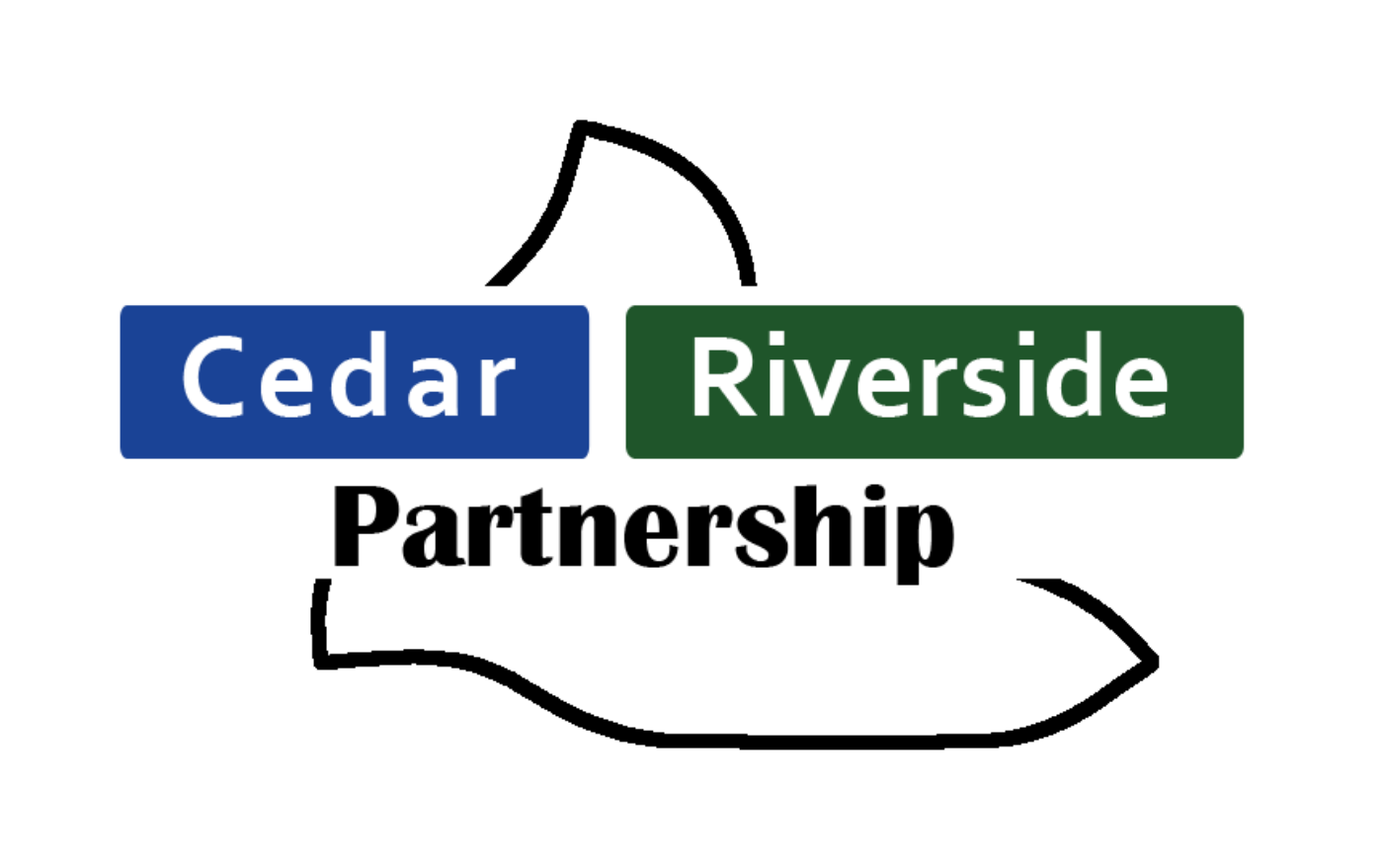In 2008, West Bank neighborhood organizations advocated for the creation of a new public private partnership. It seemed like a time of convergence of energy and investment in the Cedar-Riverside neighborhood. City planners, transit planners, neighborhood groups, major public and private institutions, and cultural and economic development organizations were all hard at work developing projects and making capital investments to enhance the neighborhood’s health and long-term vitality. Yet, although not necessarily in conflict, these efforts were not always fully, mutually informed by one another, nor were they necessarily integrated for maximum mutual benefit.
Neighborhood leaders felt that there would be value in a new collaboration among major institutions, local government, businesses, residents, and key organizations -- bringing together multiple stakeholders to make efficient, coordinated, and tangible progress toward goals that the neighborhood identified as priorities.
Several key factors were at work:
• In 2006, the West Bank Community Coalition, the neighborhood’s designated organization for NRP purposes, completed a First Step Plan, which identified specific strategies and allocated approximately $500,000 of the neighborhood’s Phase I NRP funding to achieve them. The City Council approved the plan in December 2007. The First Step Plan identified exploring the potential for a strategic partnership in the neighborhood as a key priority, and has provided funding for a study of its feasibility. The WBCC Board recently approved the draft Cedar Riverside Final Action Plan, which allocates the remaining $1.1 million in the neighborhood’s NRP Funding. The Plan was submitted for final input and approval by the community in November 2007.
• The City of Minneapolis completed a detailed, focused planning process to create a Small Area Plan for the neighborhood. The planning process identified the advantages that would flow from a robust partnership between the neighborhood’s residents, businesses, law enforcement, and largest institutions. The City released the drafted Small Area Plan for public comment in January 2008. The Small Area Plan was approved by the Minneapolis City Council in April 2008.
• The residential community of Cedar Riverside had changed dramatically over the last decade, to include one of the largest and most concentrated communities of East African immigrants and refugees in the United States. A Partnership offered a forum for the neighborhood’s long-time institutional and other members to develop new ways to connect with the evolving resident population and work for mutually beneficial outcomes.
• Planning continued for the Central Corridor LRT Green Line, which with a stop on the West Bank. Cedar-Riverside is the only neighborhood outside downtown to be served by two LRT lines.
• Major construction was planned at the University of Minnesota, Fairview Hospital, and Augsburg College. These three “anchor institutions,” in various ways, were experiencing a renewed awareness and commitment to looking past their physical boundaries and finding new ways to connect and support the neighborhood that they call home.
It was this combination of neighborhood and institutional interest in collaboration and investment that led to the creation of the Cedar Riverside Partnership.

